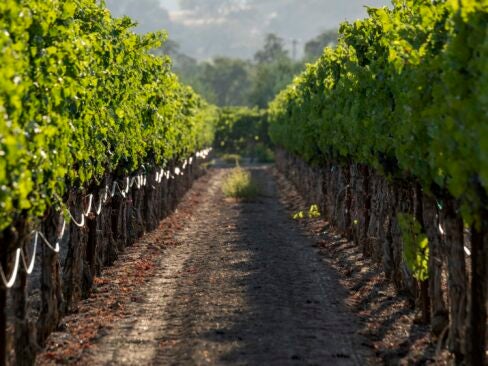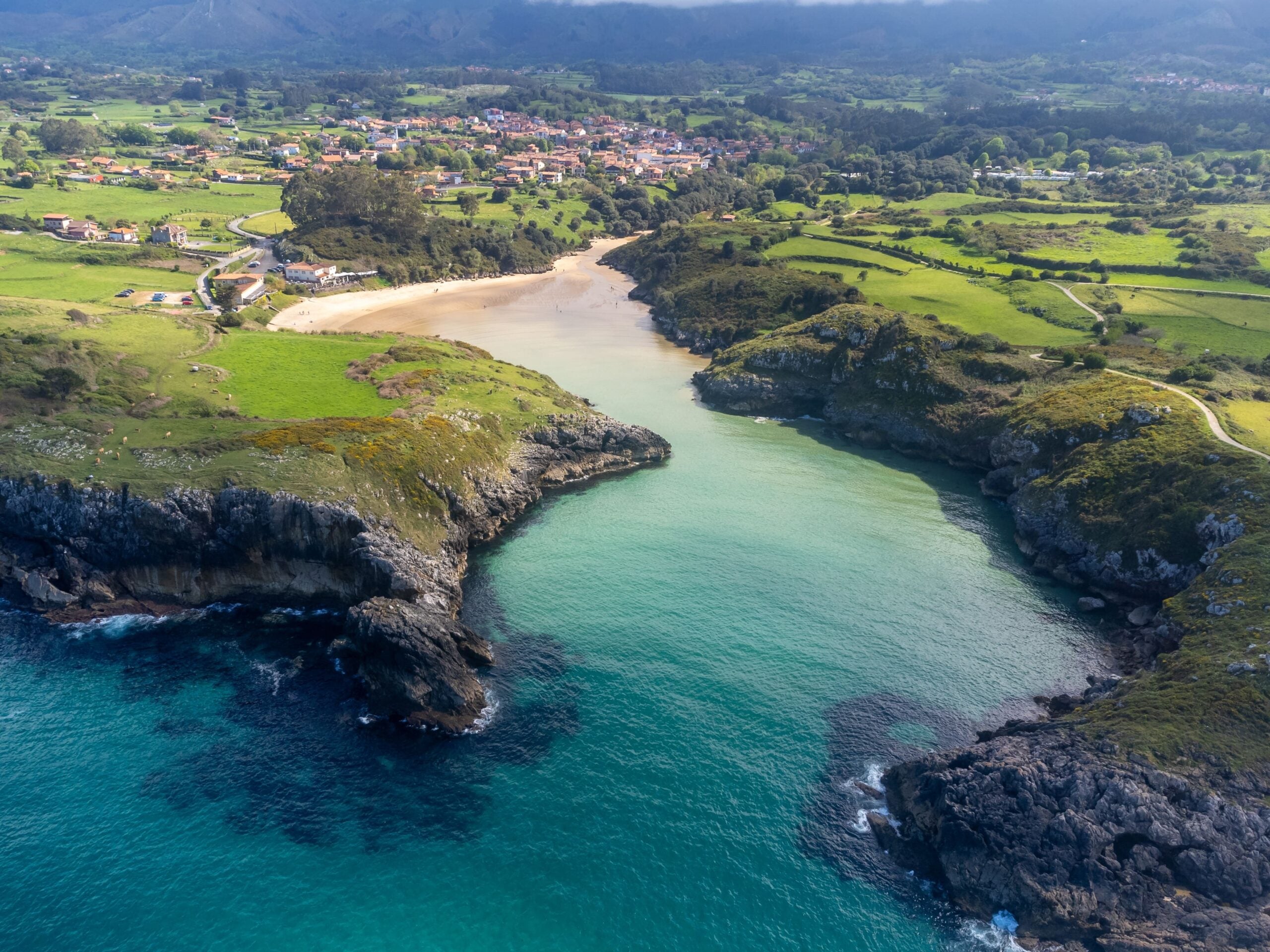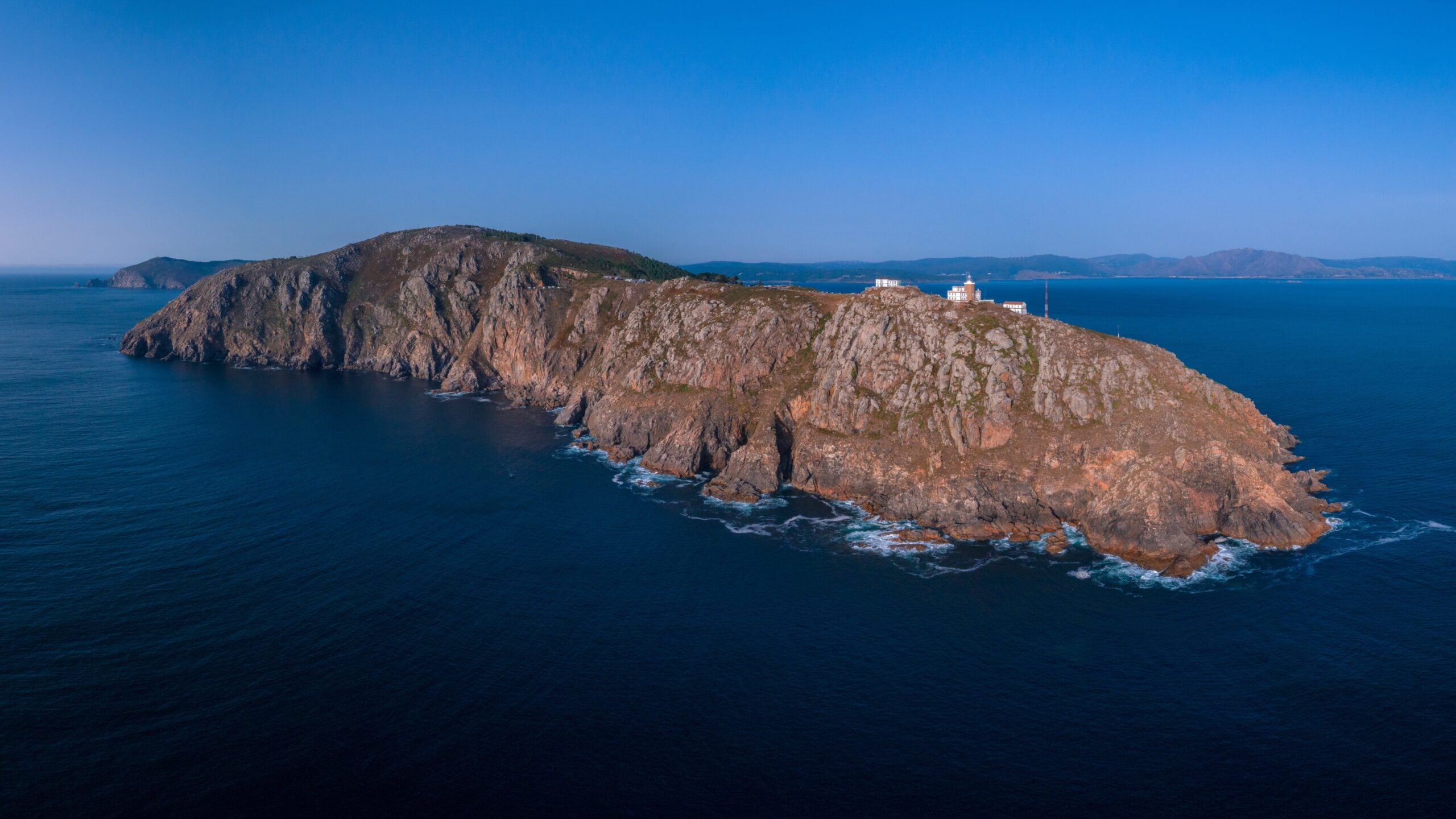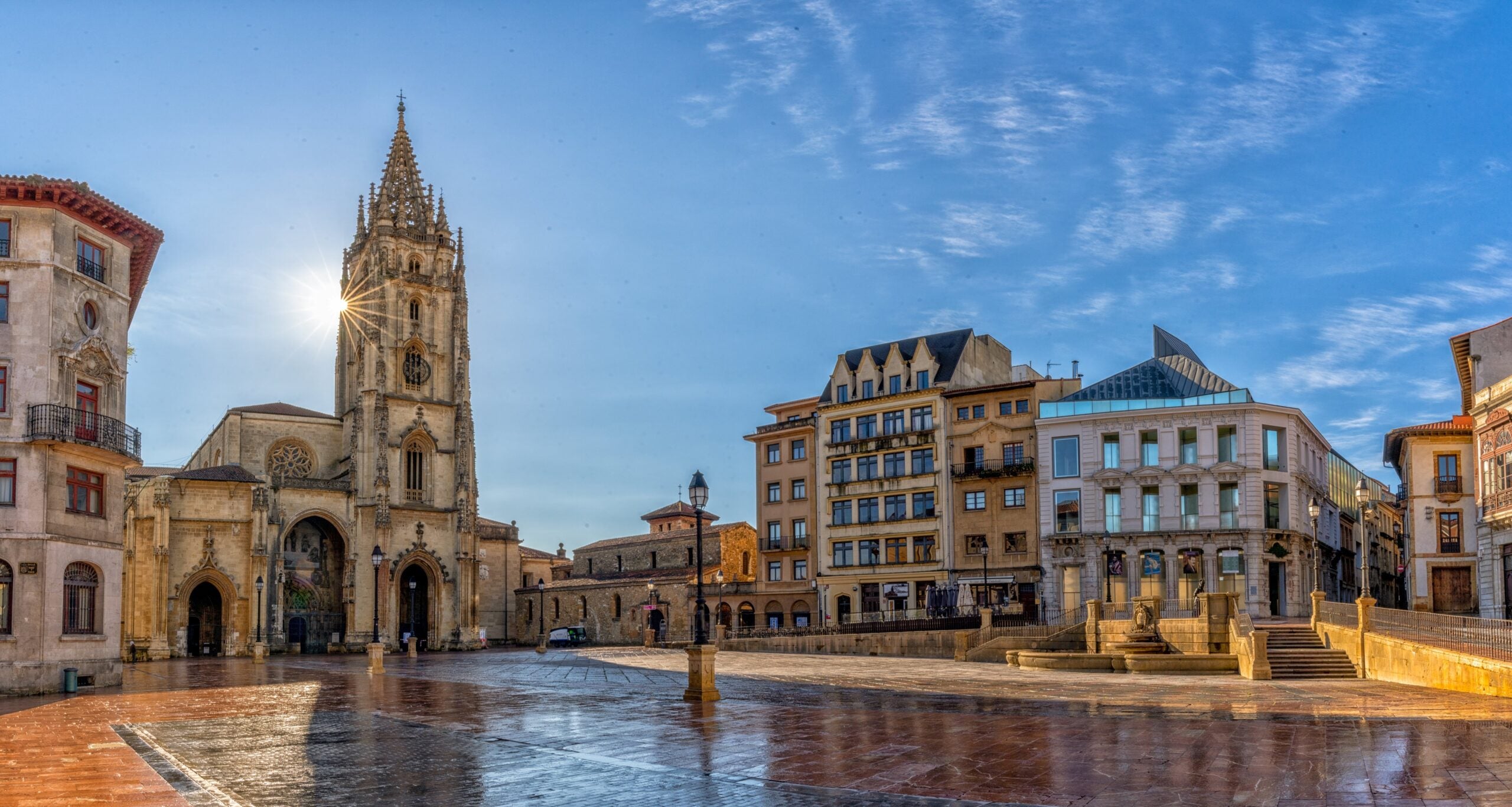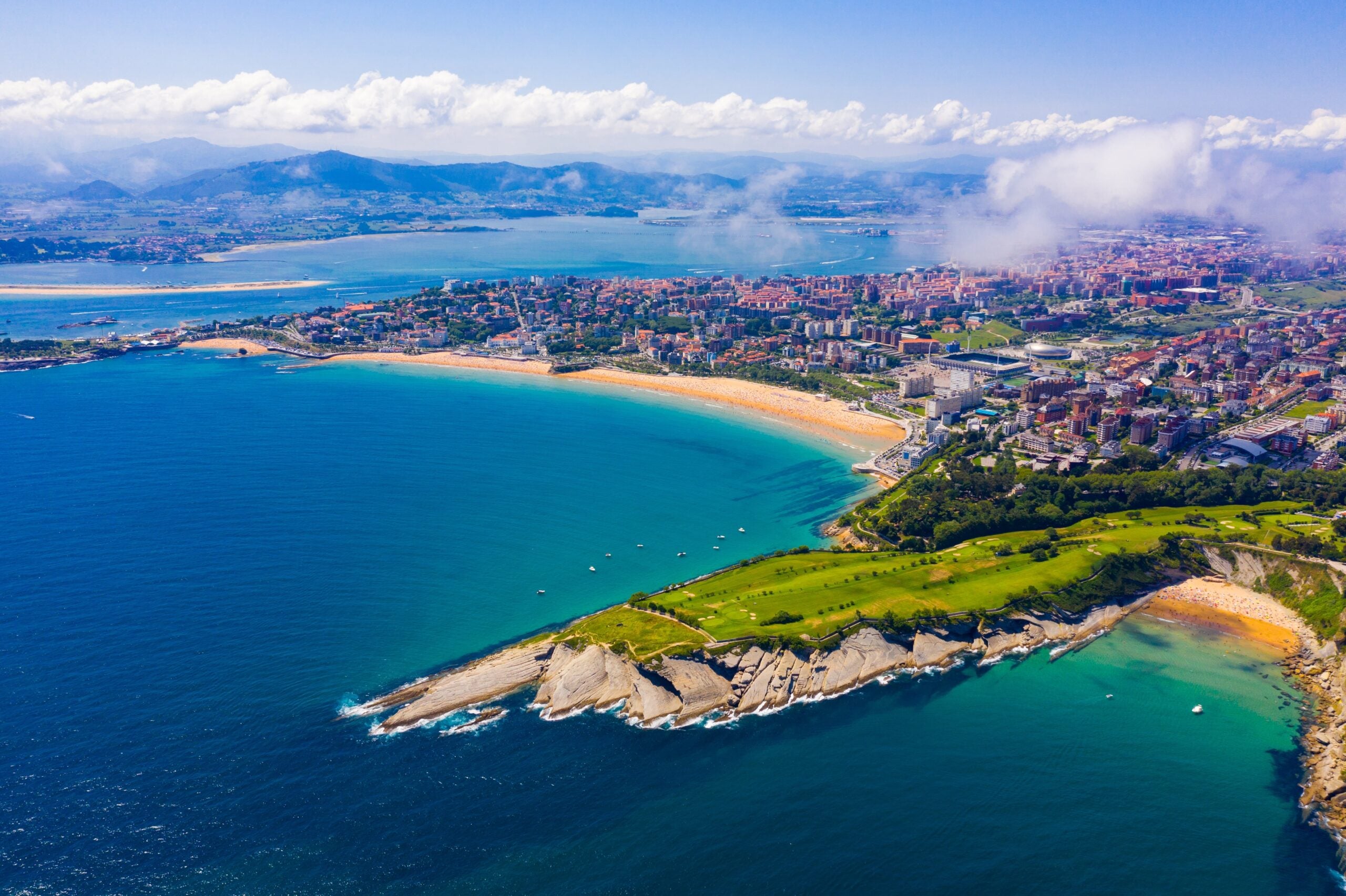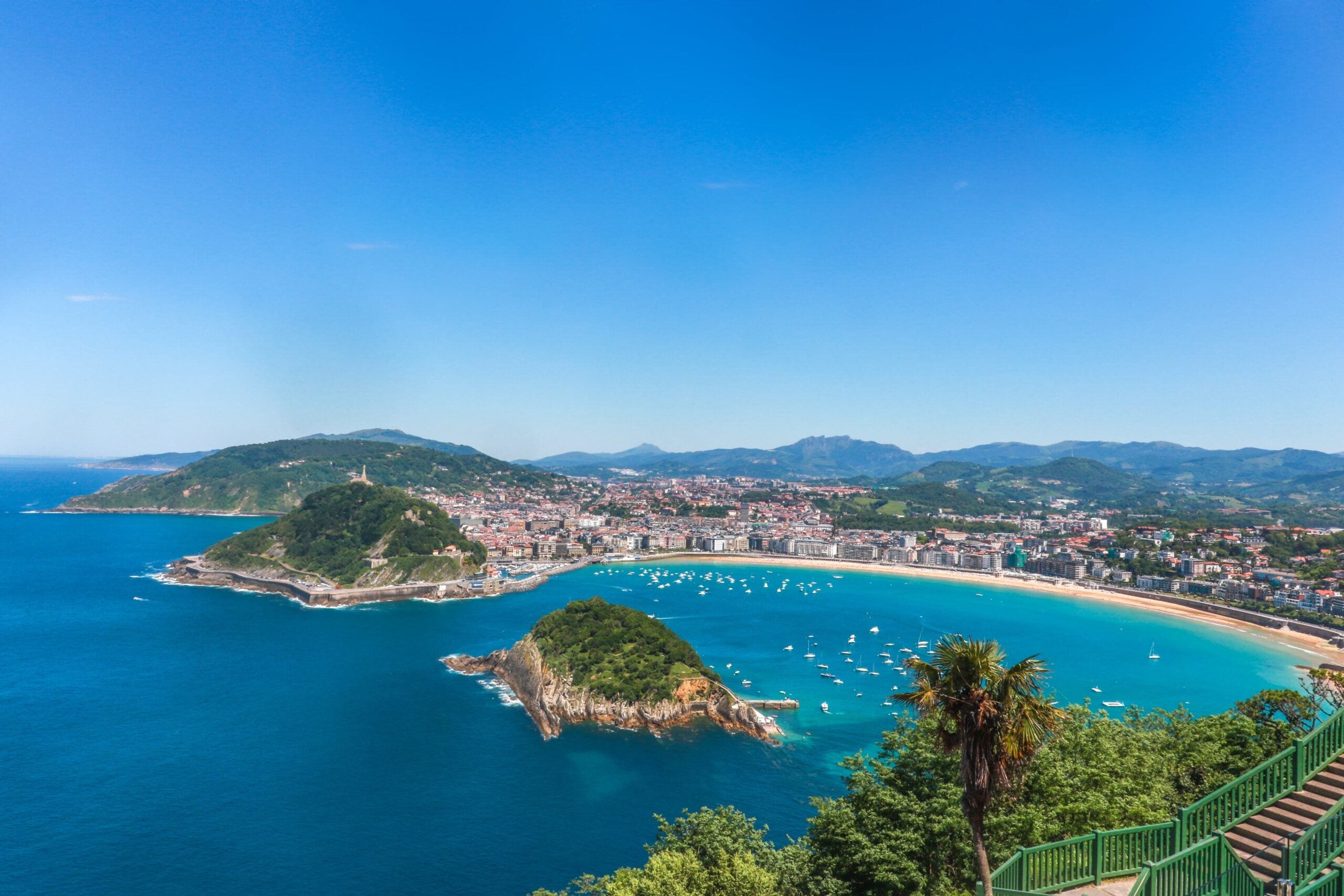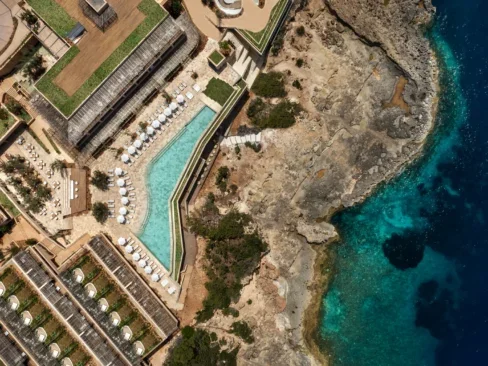Picture a vacation to Spain and white sandy beaches, a balmy client and cheap beer comes to mind. Green Spain – known locally as España Verde – however, encompasses a completely different side to the Spain most tourists know.
Stretching over the northern reaches of the country, Green Spain is categorised by its vast greenery (as its name would suggest), and a climate that is typically considerably cooler than the rest of the country. Some portions of the region look more akin to the summer in the Alps than the rest of Spain. As a result, Green Spain has long been popular among outdoorsy travelers – hiking routes are aplenty here, including the famous Camino di Santiago.
Whether you’re after an invigorous walking holiday or a food-centric city break, Green Spain caters to all – and you’ll often find it quieter than Spain’s more frequented haunts.
-
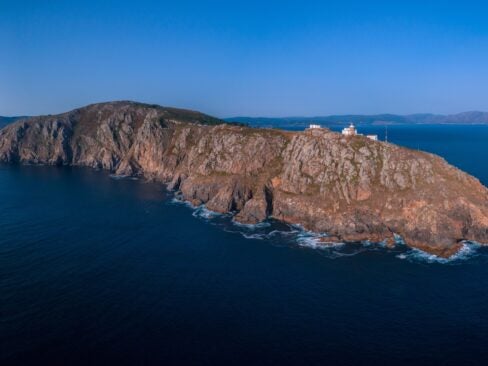
Galicia
A verdant, rugged region with dramatic landscapes fringed by the wild Atlantic Ocean, Galicia attracts nature-loving tourists. Connected to the Spanish mainland but separated by culture and even language, Galicia sits on the far western tip of Spain.
Each year, thousands descend on the region to complete (or partially complete) Camino de Santiago, an ancient pilgrimage network ending in its namesake city Santiago. Dating to the 9th century, the network has its roots in Catholicism, with pilgrims traveling to the tomb of Saint James the Apostle. Nowadays, however, those embarking on the route come from many faiths, with a variety of motives – from spirituality to endurance tests.
An official part of the Camino di Santiago, Cape Finisterre is a must-visit in Galicia. Viewed as the ‘end of the world’ in Roman times, the peninsula juts into the Atlantic Ocean with waves crashing dramatically over the rocky terrain.
-
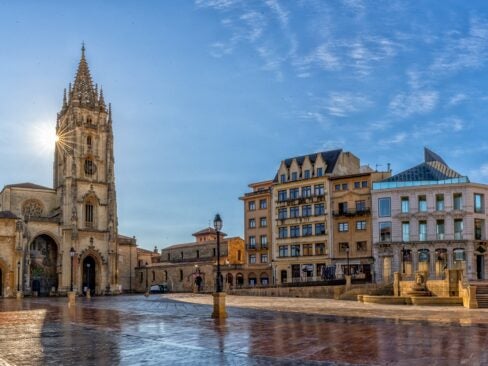
Asturias
A region of lakes, valleys, mountains and long stretches of coastline. Winters tend to be cooler and rainier, but the temperatures creep happily upward in summer, and the lush landscape comes alive with surfers, hikers, swimmers and climbers.
Asturias caters to city lovers too. Head to the region’s capital, Oviedo, for a rich architectural landscape, a long cultural history and a burgeoning food scene – Oviedo is known for its cider production and its restaurants are gaining national reputation. And, as it is less well-known than other Spanish cities, you’ll often find Oviedo free from the crowds that often plague European metropolises.
If you’re willing to go remote for a stand-out meal, put Casa Marcial on the bucketlist. Isolated in the middle of the mountains, the tiny restaurant is run by chef Nacho Manzano and has been awarded the maximum three Michelin stars, as well as a Green star.
-
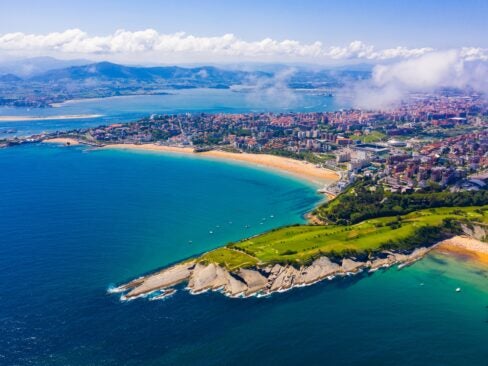
Cantabria
Perhaps the most well-known of Green Spain’s regions, Cantabria blends long stretches of coastline and towering mountains with rich cultural history. Up there among Cantabria’s must-see attractions are its prehistoric caves. The most famous is Altamira, which is home to a number of Paleolithic cave paintings. While most caves are accessible to the public, Altamira’s status as a World Heritage site has seen it closed for preservation but you can visit a replica a few feet from the original.
Santander, the region’s famed capital, stretches across the sandy El Sardinero beach. As a coastal city, Santander is naturally known for its excellent seafood, but tourists also visit for its elegant architecture (Palacio de la Magdalena was once the summer residence for the Spanish royal family), art museums and street markets.
-
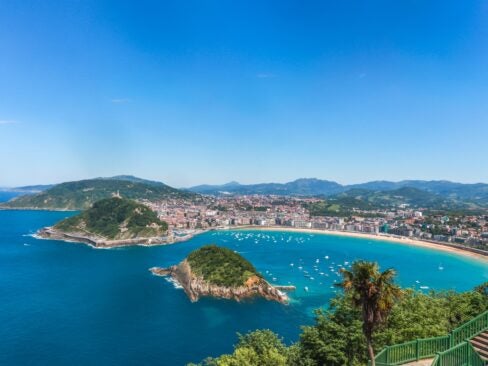
Basque Country
Wedged in between the Pyrenees mountains and the Bay of Biscay, the Basque Country is a happy mix between tumbling hills and quaint coastal towns – fishing remains one of the region’s largest industries. It’s mountainous terrain makes it a haven for hikers, with many routes winding their way through the green countryside.
What you will know the Basque Country best for, however, is its world-leading food scene: while some flock to the region for its wild greenery, others descend for the restaurants. The city of San Sebastian has emerged as a culinary mecca in recent years, with foodies drawn to its rich restaurant scene, encompassing everything from big-hitting Michelin-starred spots to casual hole-in-the-wall pintxos joints (a local version of tapas).
For more cultural and culinary immersion, head over to Bilbao, an industrial yet attractive city with a plethora of restaurants (again, some Michelin-starred, others more casual) and a vast architectural presence. For those interested in the latter, the stunning Guggenheim Museum is a must-visit.
The Basque Country, specifically the small fishing village of Getaria, was also the birthplace of Cristóbal Balenciaga – the founder of the the eponymous Balenciaga label. The region still holds closes ties to this famous export and the Cristóbal Balenciaga Museum in his hometown showcases an extensive collection of memorabilia.
In partnership with

